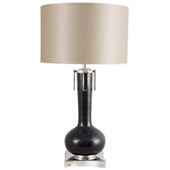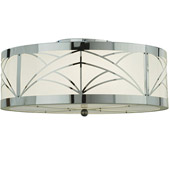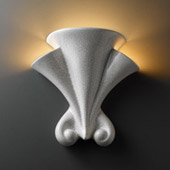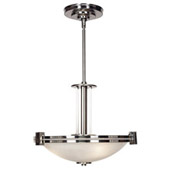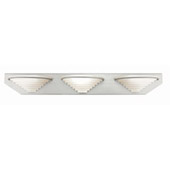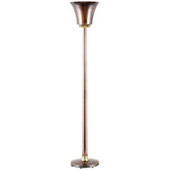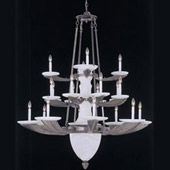Art Deco Lighting and Home Decor
About Art Deco Style
At the end of the first decade of the 20th century, Picasso was expressing Cubism on canvas, Igor Stravinsky's Rite of Spring debuted to a firestorm of public reaction in Paris, and women were freed from a fashion restraint called the corset. Europe was being inundated with influences from Asia and Africa resulting in a liberation of the arts. New materials, new ways, new ideas.
In 1910 Art Deco style was born in Paris. A group of forward-looking furniture, metal-working, and textile designers gathered together and began producing designs with geometric, symmetrical, and rectilinear characteristics. Theirs was a reaction to the expiring organic swirls of the Art Nouveau movement. Throughout the 1920s these artisans were imitated by major furniture companies and the influence grew throughout the 1930s, spreading throughout the world. Up to the second World War, designs included zigzags, constrained curves, and stair-stepped motifs echoing the machine age and the speed at which progress was being made. Art Deco marked the change from old Europe to the vitality of America and the endless possibilities of the future.
Art Deco pieces featured a great deal of chrome, polished steel, and black lacquer finishes. There was frequent use of mirrored surfaces in furniture and jewel-toned glass accents. Wood floors were inlaid with geometric patterns and cabinets had elaborate marquetry inlays. Chairs were covered with brightly-colored dyed leather and tables were made of exotic woods. Furniture and architectural accents were often embellished with rich-looking materials such as onyx, ivory, jade, and quartz.

